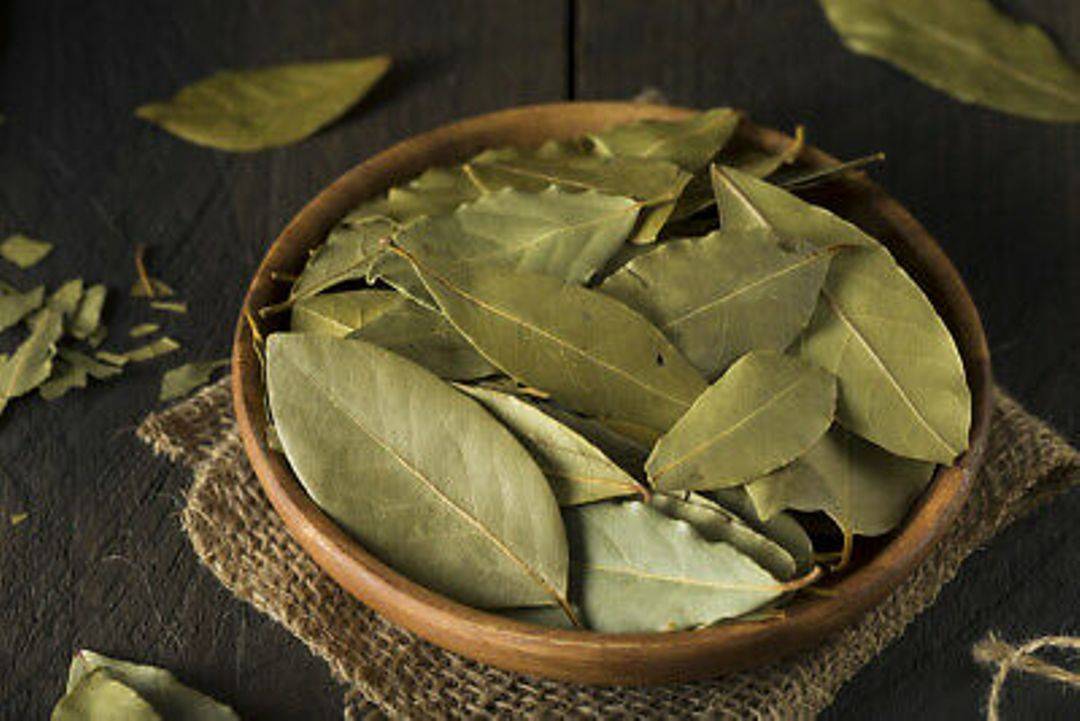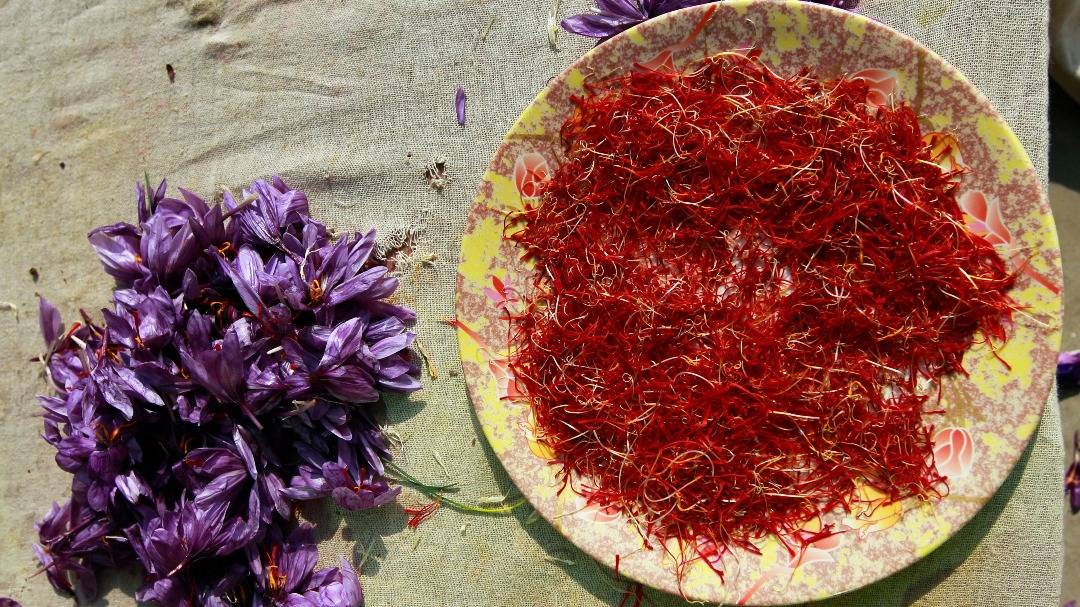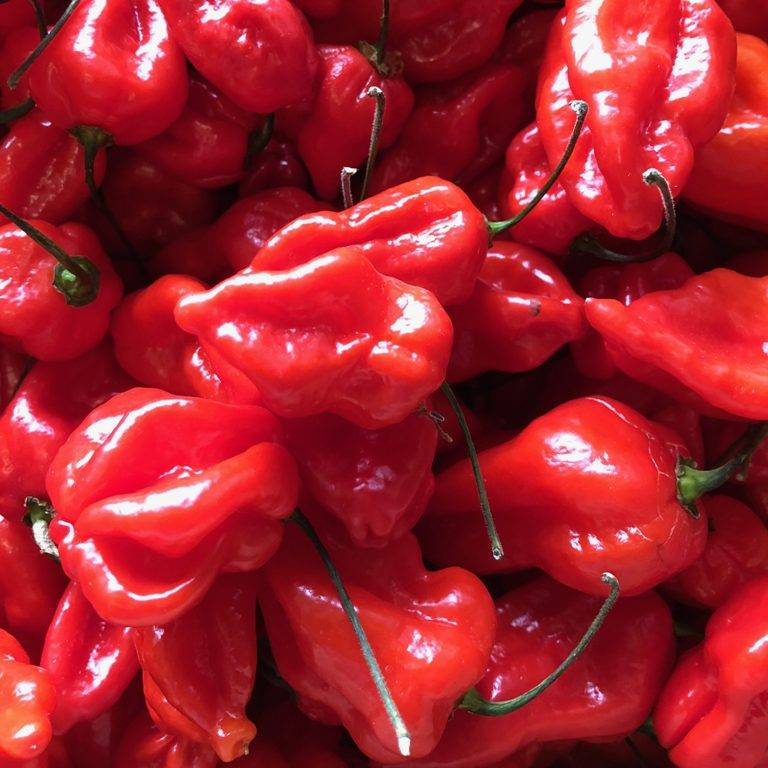
India is called the land of spices. Every state has its own traditional spice, which forms the unique flavour of each state’s cuisine. Whether used as whole or in powdered form, spices form an indispensable component of a classical Indian cuisine.
As you travel along the bustling streets of India, your senses are tantalized by a rich aroma. These are the spices being roasted along with other ingredients of the recipe. The aroma of dal being sautéed with cumin seeds that are lightly roasted in ghee is heavenly. How it arouses your appetite instantly!
We all know about cumin, cinnamon, coriander, turmeric, and other such spices. There are so many spices in our country that we have a separate Spice Board of India to take care of them! Here is a glimpse of 10 lesser known spices that are unique to particular states and impart a distinct flavour to the respective cuisine.
Let’s begin our spice trip...
1. Erode Turmeric
We are familiar with turmeric, but Erode turmeric is different. It is cultivated in the Erode district of Tamil Nadu. The uniqueness of this spice lies in rhizome finger length, width, and other dimensions. This turmeric is high in demand in global market. It has high medicinal property due to the presence of 2.5% to 4.5% curcumin in it. This is higher than the usual turmeric.
Erode is known as the “Turmeric City” or the “Yellow City” due to its abundant turmeric production.

2. Himachali Kaala Jeera
Himachali kaala jeera, also called black cumin, usually grows as a wild plant in the grassy slopes and forests of Northwest Himalayas. It is found abundantly in Kully, Kinnaur, Chamba, Lahual-Spiti, Shimla, Sirmaur, Bharmaur, and Pangi areas of Himachal. The spice is a perennial and grassy herb.
Kaala jeera is different from the usual jeera in the sense that the former possesses high level of volatile oils, which render a unique flavour and aroma when added to dishes. The jeera is dark in color and relatively sweeter than other varieties. It also fetches a high price.

3. Malabar Black Pepper
This variety of black pepper was discovered by chance in Malabar area of the state of Kerala. Its fruit is called peppercorn. When it is dried, it becomes a tiny drupe of 5mm size having a single seed. The pepper plant is an ivy-like climber, perennial in nature. It requires support to grow.
Malabar pepper, which is hand-harvested, has woody and fruity notes. This pepper is milder and more bitter than the Tellicherry pepper, which is also a well-known pepper and is a bit sweeter.

4. Pahadi Tejpatta
Pahadi tejpatta is cultivated at a height of 1000 to 2200 m in the hills of Uttarakhand. This one is a bit different from the usual tejpatta or bay leaf that we use in our curries and dals. Pahadi tejpatta has a subtler flavor with a sweet note that renders a unique taste to your rice dish or curry. This spice is popular in national and international kitchens.
5. Guntur Sannam Chilli
These are heirloom chillies, which are the pride of Andhra Pradesh. These chillies are usually hand pounded. Their smoky flavor during sautéing creates a unique aroma that is appetizing. They are versatile and can be used in almost any cuisine. They are also great in making pickles.
Guntur Sannam chilli is one of the most well known varieties of chillies, grown widely in Guntur, Khammam, and Warangal districts of Andhra Pradesh.

6. Kashmir Saffron
You may have seen or even use saffron, but present your dish with pride only when it is Kashmir saffron! This is because Kashmir saffron is the rarest, sweetest, and the costliest saffrons in the world. Just 1 kg of Kashmir saffron can be priced at $4000! This spice imparts a lovely golden color to the dish. It possesses an aromatic and pungent flavour. Its strands are thicker than that of normal saffron.
It is believed that Persians introduced this saffron to India from Iran. If possible, make this beautiful spice a part of your kitchen ingredients. It is considered as one of the most precious spices in the world. Saffron milk is delicious and healthy.
This vibrant-colored spice is cultivated widely in Pampore in Jammu and Kashmir. Pampore, which is a 30-minute drive from Srinagar, is called the “Saffron Capital of India.”
Saffron flower has three parts: the petals are used for medicine making; the yellow strands are useless; and the red strands are the purest saffron spice. Saffron growers of Kashmir call this spice as “Red Gold.” It is called Zafran in Persian.

7. Naga Morich (green chilli)
Naga Morich is a green chilli variety native to Northeast India and Bangladesh. It is called the “sister chilli” to Ghost Chilli or Bhut Jolokia, which is one of the hottest chillies in the world. It also looks like Ghost chilli. It has a distinct flavour comprising woody, smoky, tart, and sweet undertones that makes it the perfect spice for barbeque.
Naga Morich is also called snake or serpent chilli. It is a slow burner, which means it takes time, to be precise 30 seconds, before your body starts feeling the hotness of this chilli. And after 30 seconds, you are on fire! Maybe due to this “deception” the chilli is called snake chilli.
And yes, be careful while handling this chilli lest you may get a “chilli burn” on skin, if the sliced chilli comes in contact with your skin. And don’t ask what would happen if you touch your eyes with your hands without washing after cutting open the chilli. You also need a strong soap or detergent to get rid of the hotness. Better to wear a glove while cutting this chilli!
So, how did you feel reading about these unique spices? You can get these spices on online e-commerce websites. Introduce them to your kitchen and give your cuisine a twist.
It is important to mention that all the spices mentioned here have obtained GT tags.

















